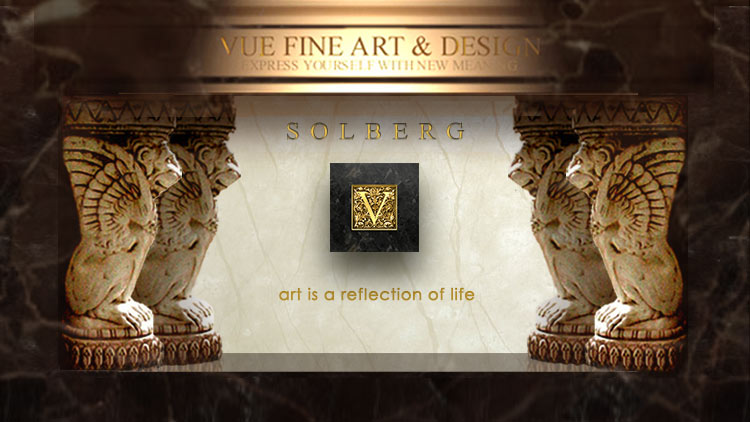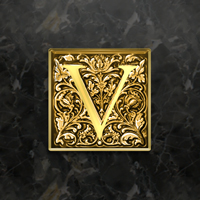 |
|
|
|
|
|
| DBAE |
Learn |
History |
Victory |
Videos |
Vessel |
Enrich |
| BROCHURE DESIGNS | FILE FORMATS | FONTS | COLOR SEPARATIONS | TIPS |
 |
Half FoldThe half fold is commonly used for brochures and greeting cards. For cover weight paper, a score is usually required to produce a smooth folded edge. |
 |
Two Parallel FoldAn excellent fold for legal size (or larger) pieces that are to be mailed. A legal sheet (8.5" x 14") is folded to 3.5" x 8.5". A 9" x 16" sheet produces a 4" x 9", four panel brochure. Note: A perforation added at one of the folds can create a three panel brochure with detachable reply card. When the brochure is printed on cardstock, not text weight, the detachable card can be mailed as a stand alone piece. |
 |
Letter FoldThis common fold, used for mailings and brochures, is much like a letter folded by hand for inserting in an envelope. The letter fold produces a self-contained unit, easily handled by automated envelope inserters. |
Accordion FoldThis is the four or five panel equivalent of the “Z” fold. It makes a nice presentation, but may want to spring open. It can be temperamental to set up and usually requires each panel be about 1/32" longer than the preceding panel. It is run tail first so that the front cover will be the widest panel. |
|
 |
Z-FoldThe “Z” style offers an advantage for multi-page letters to be collated and hand inserted for mailing. Because the pages nest together, the letter is opened with the pages in sequence. It does tend to spring open and should be avoided when automated envelope inserting is used. |
 |
Half + Z FoldWhen used for a newsletter, this fold has the advantage of positioning the masthead on top of the front and the mailing panel right side up on the back. New mailing requirements, however, would require both edges to be tabbed. |
 |
Half + Letter FoldThis fold is perfect for newsletters. An 11" x 17" sheet folded this way has only one open side and fits into a #10 envelope. The newsletter looks good and is easy to handle. |
 |
Gate FoldThe gate fold is very attractive as the succession of message presentation is dramatic. It requires either handwork or specialized equipment. Lining up images that cross over the inside flaps can be very difficult. |
 |
Barrel FoldPopular, although sometimes tricky, the barrel fold “rolls up” a multi-panel brochure. Each panel must be slightly longer than the preceding one. It may or may not be a good design for a given brochure as the message tends to unroll rather than open up to the reader. |
 |
Eight Page Right Angle FoldThis is a typical fold for booklet binding. Pages are printed four per side of the sheet, with the correct imposition, and are folded to eight page units for collating. Generally, these signatures will be saddle stitched to produce multi-page booklets. |
 |
Z-Fold with Angled TrimAn angled trim on an 8.5" x 11" sheet produces an interesting presentation. Trim two of the panels at an angle and then Z-fold. The resulting brochure or invitation unfolds like this: |
 |
Sixteen and Thirty-Two Page Right Angle FoldFor progressively larger books and larger press sizes, additional folding units are added to provide more pages per signature. |
8 1/2" x 11", Three Panel Letter Fold TipsThe panel which is tucked inside must be 1/16" shorter than the other panels (3 5/8" vs. 3 11/16") so that the brochure will fold flat. So, when placing copy for an 8 1/2" x 11" letterfold brochure, you should take care to use different margins for the tucked panel versus the other two, and leave sufficient gutters for the folds. |
 |
 
|